One of the best parts of having an RV is the fact that you can bring a comfortable homey feel along with you on your vacations. And in the kitchen, you often have a kitchen sink, stovetop, refrigerator, and more. While many of these appliances are durable and high-quality, they can often break down or become worn out quickly due the nature of its environment. All of the movement that comes with driving the rig through forests, highways, and more can really take its toll on your RV appliances.
Over time, these forces can cause various parts of your water system to become loose and damaged. This can lead to a sink that doesn't function properly or drain well, or even a sink that doesn't have access to your fresh water system. Many times, people leave these appliances in their RVs, figuring that they'll fix them once they start to show wear or become damaged.
While this will save you money in the short term, it can lead to other problems in the long term, as the eventual damages can cause further damage and issues. The best thing to do, then, is to replace certain appliances with higher quality models as soon as possible.
There are other reasons to replace your RV kitchen sink, however. These include those who are updating their kitchen to a different configuration and the existing sink doesn't fit with this. Also, you can change out the sink to better fit your RV interior and style.
Before you install a new sink, though, there are a few things to consider. First, make sure that you are able to install a new sink to begin with. Check with the RV manufacturer for warranty information and compatibility information. Second, contact your local RV technician to see if they would be able to install the new sink if you are not familiar with the process or are unsure.
Finally, make sure you understand what kind of sink type, size, and layout you are looking for. No one wants to install a sink only to find out that they got the wrong one for their rig. Once you have these three key items figured out, you can start on your search for the perfect RV kitchen sink.
What RV Kitchen Sink Material is Best?
Within the RV kitchen sink world, there are three main materials: plastic, acrylic, and stainless steel. These three materials have their own pros and cons and it's important to understand the difference between them so that you can choose the best one for your rig.
Plastic
Plastic sinks are often the sinks that come with the RV when you first buy it, especially in less expensive RVs. They are cheap and versatile, however, they are the least durable and resistant out of the options. Because of the lack in durability, they can easily become damaged or cracked with the movement of the rig.
They have been known to crack easily, causing the sink to become practically useless as soon as a crack appears. All in all, they are not the best choice for mobile vehicles, however, they can do in a pinch.
Acrylic
Acrylic sinks are a good choice for a more affordable sink that still stands up to RV life. They are made of a type of plastic that has been improved to become shatterproof and more resistant to water, stains, and other soils. They are often available in a variety of colors and patterns, allowing you to add even more style to your RV interior. All in all, they are a low cost, yet durable option.
Stainless Steel
Stainless steel RV sinks are the most durable and aesthetically pleasing option. The stainless steel resists water, stains, soils, and more, while also keeping away bacteria. This long-lasting sink is a high-quality, beautiful option, but does come with a larger price tag. So if you are willing to go for this higher price tag, then it's a terrific choice for your RV.
How to Clean Acrylic and Stainless Steel Sinks
Acrylic and stainless steel sinks are pretty durable, however, with some extra care, they can have an even longer life and look brand new years down the road.
Acrylic:
Rinse out the sink with water after each use to keep it cleaner. Dry it out with a soft towel to prevent water spots from forming.
Once a week, clean the sink. Use a damp sponge and dish soap to wipe down the whole sink. Rinse it out and dry the sink.
For touch stains, you can use chlorine bleach. Fill up the sink with warm water and add in a cupful of bleach. Let this sit for about 3 minutes before using a soft sponge to scrub away at the stains. Drain the water, rinse out the sink, and dry with a gentle cloth.
You can put down protective racks or mats in the sink basin to protect against scratches from dishes, knives, and other items.
Every so often, you can use an acrylic cream polish to restore shine to the sink.
NOTE: Avoid using abrasive cleaners and sponges on acrylic sinks. They can cause scratches. Avoid letting wet items sit in the sink. This can cause discoloration. Do not leave steel-wool pads in the sink. This can cause rust stains. Do not place hot pots or pans in the sink. This can cause scorching. Do not pour hot grease into the sink.
Stainless Steel
Rinse the sink with water. If there is still food on the sides or bottom of the ink, use a sponge and dish soap to clean it. Rinse with hot water.
Coat the sink with baking soda to remove odors and stains. Baking soda is good for stainless steel sinks, as it removes stains and odors without leaving behind a residue.
Using a soft to medium nylon scrub brush, scrub in the direction of the stainless steel grain. Never use steel wool, steel brushes, or other highly abrasive scrubbing pads, as these can cause further scratches or leave metal particles behind that are prone to rust. For tight spaces and turns, you can use a toothbrush.
Spray on undiluted vinegar and wait for a few minutes before rinsing it off. This will create extra cleaning action, actively dissolving the calcium deposits that cause water spots. Make sure you rinse the sink thoroughly afterwards and dry the sink completely.
An optional step is to create a paste of vinegar and cream of tartar and apply this to stubborn stains. Rub the paste into the stain with a gentle cloth and allow it to sit for about 5 minutes. Once the stain is gone, you can rinse it and dry it completely.
Use olive oil to buff the sink to a shine once you're all done.
With a high-quality RV kitchen sink, you can add style, durability, and class to your rig. Just stop on by and check out our selection of RV kitchen sinks and accessories to find just what you're looking for.
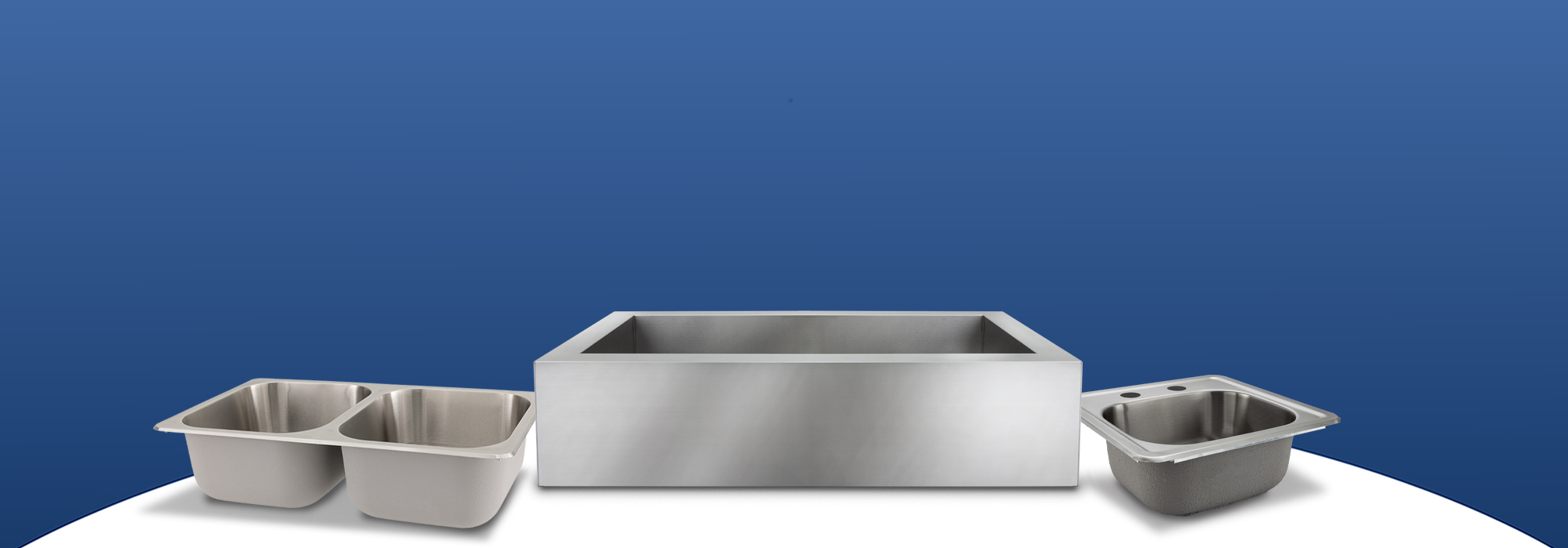

 $144.95
$144.95
 $104.95
$104.95
 $134.95
$134.95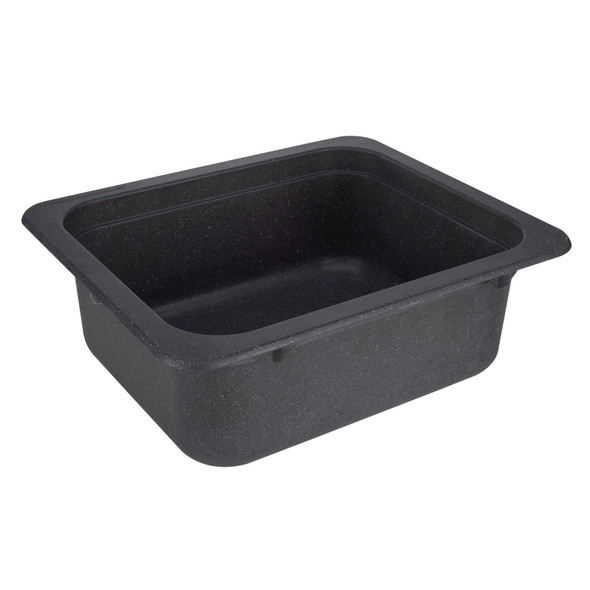
 $84.95
$84.95
 $59.95
$59.95
 $119.95
$119.95
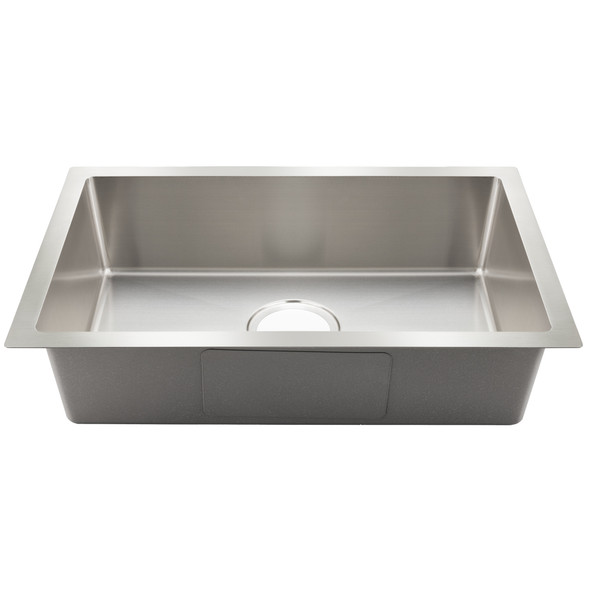 $104.95
$104.95
 $15.95
$15.95
 $404.95
$404.95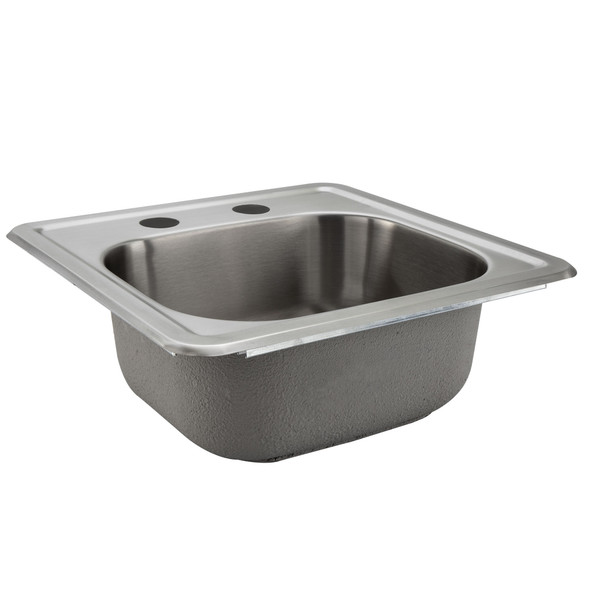
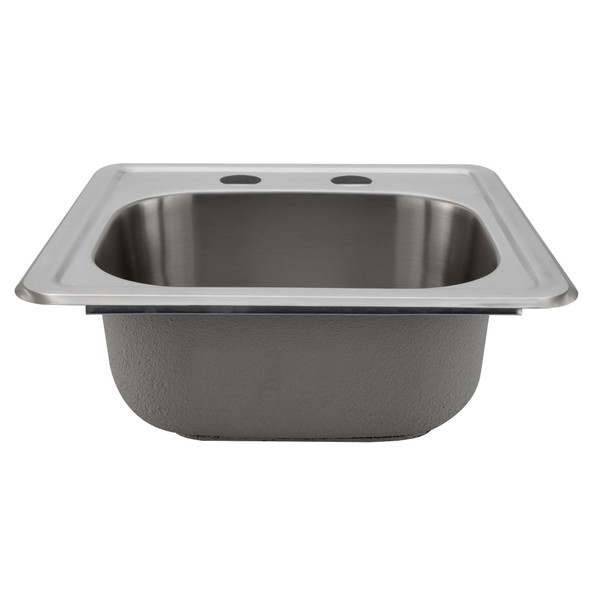 $51.95
$51.95
 $10.95
$10.95
